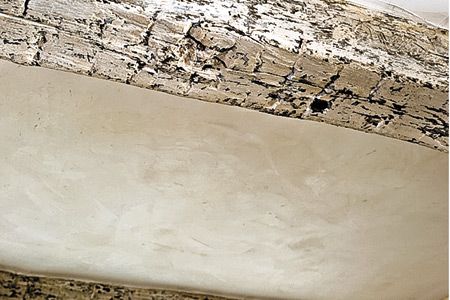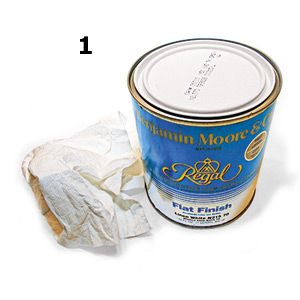
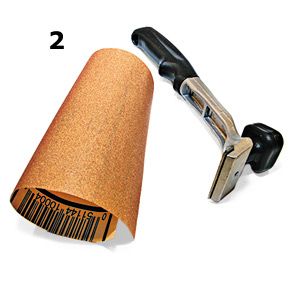
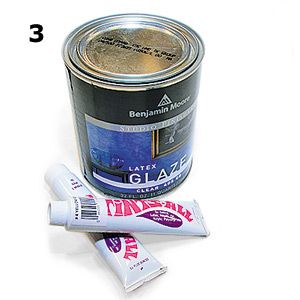
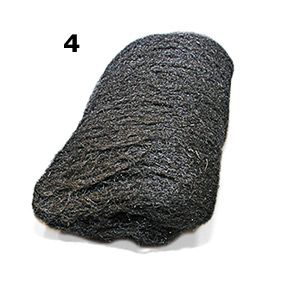
Distressing your home’s surfaces and furniture to create antique, aged looks can completely transform your interior space, whether you’re working on beams, woodwork, or other decorative items. You can create rich, timeworn appearances throughout your household with only steel wool, sandpaper, and paint. Read our guide below for tips on how to prepare your surfaces for antiquing, how to add depth and character to your favorite pieces, and how to avoid making some common mistakes.
Understanding the Art of Distressing for an Aged Look
Distressing is a technique that involves carefully applying paint, creating intentional damage, and adding layers of color and texture to achieve an authentically aged appearance. The goal is to mimic natural wear and tear that can occur over decades or centuries.
Successful distressing requires a balance between control and randomness. You want a look that is cohesive, but you should avoid patterns that might reveal the artificial nature of the aging process. The key is to think about how an object would naturally wear over time and replicate such effects.
Essential Tools and Materials for Antiquing
Paints and Glazes
Paints and glazes are the foundation of any antiquing project. Consider the options below.
- Acrylic glaze for adding depth
- Flat, off-white latex paint for the base coat
- Pigments such as raw umber and yellow ochre for tinting
- Various paint colors for layering and creating effects
Distressing Tools
Use the tools below to simulate a worn look:
- Clean cloth rags for paint application and wiping
- Pull-type paint scraper
- Sandpaper in various grits (60-grit for heavy distressing)
- Steel wool (0000 grade for fine detailing)
Protective Equipment
Prioritize safety when you’re working on DIY projects with the materials below.
- Drop cloths to protect surrounding areas
- Dust mask or respirator
- Safety goggles
- Work gloves
Preparing Your Surface for Antiquing
Start preparing for your antiquing project by cleaning the surface of the object you’re working on to remove any dirt, grease, or debris. If you’re working with raw wood, consider sanding it lightly to create a smooth base. If you’re working with painted surfaces, you may need to strip off old finishes or sand down glossy areas so that the new paint adheres properly.
If you’re antiquing furniture, remove any hardware such as knobs or hinges. This will make the painting process easier and prevent these elements from looking out of place. Once your surface is clean and ready, you can begin the transformation process.
Step-by-Step Antiquing Techniques
Follow the steps below to leave your chosen surface with a beautifully aged look:
Applying the Base Paint
The first step in the antiquing process is to apply a base coat of paint. Decorative painters Susan English and John Harms suggest you apply a flat, off-white latex paint with a clean cloth rag. This will leave an uneven thickness, which creates a natural-looking base for your aged finish. Allow the paint to dry completely before moving on to the next step.
Distressing the Surface
Once your base coat is dry, you can create the illusion of wear and tear. English and Harms recommend that you simulate the aging process with a pull-type paint scraper or 60-grit sandpaper. Focus on areas that would naturally show wear, such as edges, corners, and high-use surfaces. Vary the pressure and direction of your distressing to create a realistic effect.
Glazing for Depth and Character
Glazing adds depth and richness to your distressed surface. Create the glaze by adding a tablespoon of off-white paint to a pint of acrylic glaze, then tint it with pigments such as raw umber for a sooty depth, or yellow ochre for an aged warmth. Brush the glaze over the distressed paint, and apply it in small sections evenly. This will allow you to properly manipulate it before it dries.
Flattening and Refining
The final step in the basic antiquing process is to refine the glazed surface. English and Harns recommend you let the glaze dry for 10 minutes before you rub it down with 0000 steel wool. This will remove glaze from high spots but allow it to remain where it is in low spots. This will generate the illusion that the piece has aged.
This technique enhances the three-dimensional quality of your antiqued finish, and makes it look more authentic and lived-in.
Advanced Antiquing Methods
You can explore advanced antiquing methods for other types of looks. Read more below.
Creating a Crackle Effect
A crackle effect simulates the fine network of cracks that appear in old paint. Follow the steps below to get this look:
- Apply a layer of crackle over your base coat.
- Once the crackle is dry, brush on a contrasting color of paint.
- As the top layer dries, it will crack and reveal the base color underneath.
Simulating Wood Grain
You can mimic the appearance of wood grain by following the steps below.
- Apply a base coat in a light wood tone.
- Use a wood graining tool or a dry brush technique to add darker streaks.
- Seal this with a clear coat for protection and added depth.
This technique works well on metal or MDF surfaces, and gives them a wooden appearance.
Adding Faux Rust and Patina
Follow the steps below to create the illusion of metal on other surfaces. You can also use this technique on metal surfaces:
- Apply a base coat in a metallic color.
- Use a sponge to dab on rust-colored paint in strategic areas.
- Use blue-green paint to mimic a copper patina and achieve a verdigris effect.
- Seal the finish to protect your work and improve the aged look.
Common Mistakes To Avoid When Antiquing
Be aware of the common pitfalls below as you embark on your antiquing project:
- Forgetting to distress in a logical pattern
- Overdoing the distressing, which can make the piece look unrealistic
- Neglecting to seal your work, which can lead to premature wear
- Using glossy paints instead of flat or matte finishes
Maintaining Your Antiqued Pieces
Follow the maintenance tips below to keep your antiqued creations looking their best:
- Apply a fresh coat of sealer every few years to protect the surface
- Avoid harsh cleaning chemicals that can damage the finish
- Dust regularly with a soft, dry cloth
- Touch up any areas that show unwanted wear
